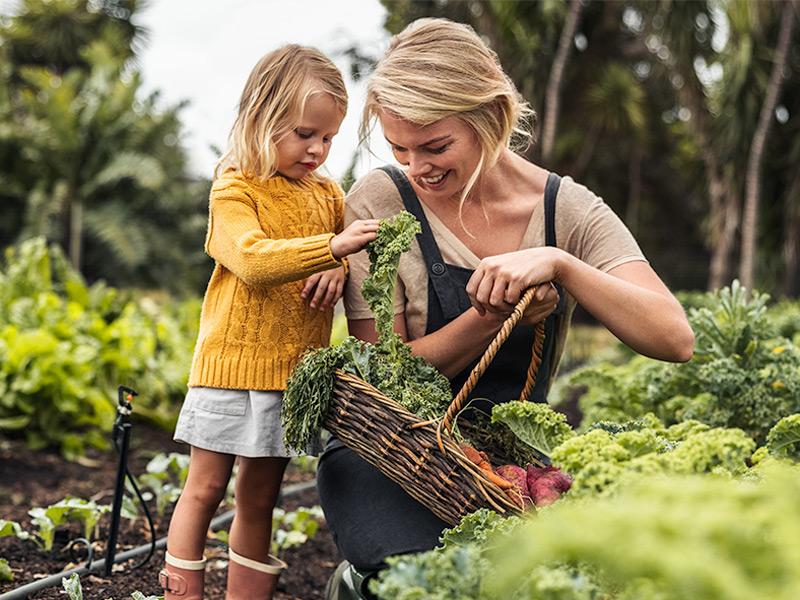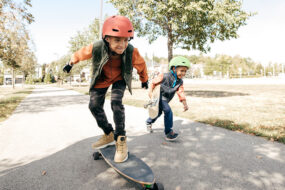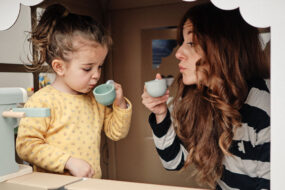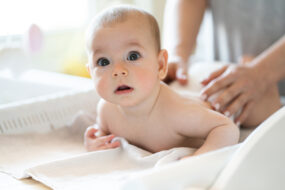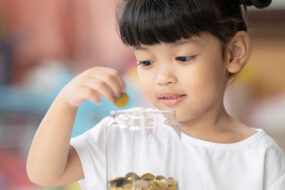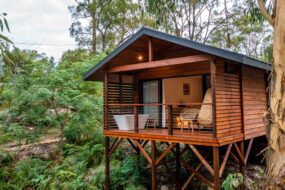How to help kids drive sustainability for the future
While children grow up more aware of sustainability issues, there are still changes you can adopt at home to help them value environmental concerns.
When I was growing up in the 1980s, sustainability wasn’t a word in my vocabulary.
It was a decade of excess, where we barely recycled anything, burnt our rubbish in incinerators and used plastic bags.
As for global warming? It simply wasn’t on our radar.
Fast forward 40-odd years and our children are being raised in a very different world – a world where sustainability is part of life and where they willingly engage in debates, with an obligation to learn, educate others and lead a better world.
- Eco alternative: Are bioplastics really better for the environment?
How children are driving sustainability changes
So how do we teach our children about our relationship with the environment?
How do we make the right environmental and socially conscious choices?
In many ways, the youth of today is already driving that change.
In its Education for Sustainable Development Plan, the United Nations recognises children as drivers of change for a sustainable future.
A real-world example of this is toymaker Lego looking to move to a more sustainable material to make its famous plastic bricks.
It is already ditching the plastic they come in.
“We have received many letters from children about the environment asking us to remove single-use plastic packaging,” Lego Group chief executive Niels B. Christiansen says.
“We have been exploring alternatives for some time and the passion and ideas from children inspired us to begin to make the change.”
Household changes teach kids about sustainability
We are constantly reminded of the passion children and young people have for the environment in climate protests held across the globe.
Research by Kids Insights reveals one in three children is environmentally conscious and has a different approach to packaging, fast fashion and technology.
Children nowadays are so much more aware than we ever were.
We try to teach our kids about the importance of a sustainable lifestyle.
Like most Aussies, we separate our waste into different bins.
But even then, I’m ashamed to say until recently I didn’t know it depends on the type of plastic as to whether or not it can be recycled.
Our green waste is composted and I reuse greywater from our home to water our indoor plants.
- Leftovers hacks: Smart ways to reduce food waste
Homegrown food a simple way to learn about sustainability
One of the most wonderful relationships I see in my life is that of my father and his granddaughters.
My dad is a beekeeper and he has a flock of chickens.
My kids love holidays at Papa’s because they collect eggs every morning.
The chickens are fed fresh food scraps from vegetables that are grown at home, and it’s a totally organic process – the eggs are so much better than anything from the supermarket.
They are learning about the relationship between bees and the environment.
We keep every glass jar we use at home.
They are then sterilised and reused as jars for our homegrown honey.
We are currently renting and nothing annoys me more than buying herbs.
Not only are they ridiculously expensive but they come wrapped in plastic.
As soon as we are back in our own home, I can’t wait to get the herb garden growing again.
I loved my little garden and used it almost daily.
The kids also enjoy being part of the growing process.
It’s such a simple thing but watching a lettuce grow with your children and then using it in a salad is a great way of teaching them about our relationship with food and the environment.
We can always try to do better and there is such a long way to go.
These tiny changes – a little herb garden, making sure the right plastics go into the right bins – are also easy activities of which children can take ownership.
It is, of course, their future we’re bargaining with if we don’t get it right.
View this post on Instagram
Written by Jacqui Felgate.
